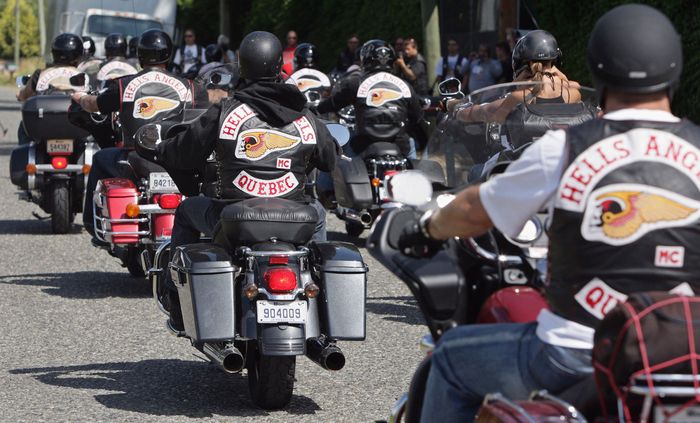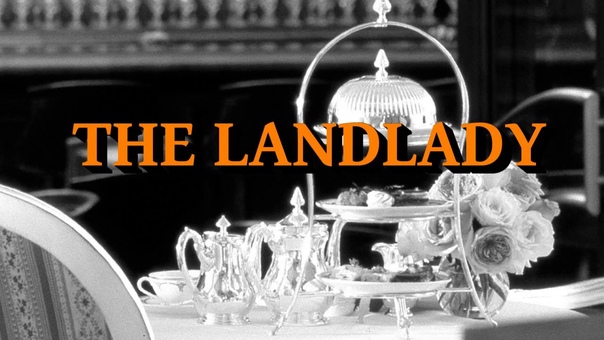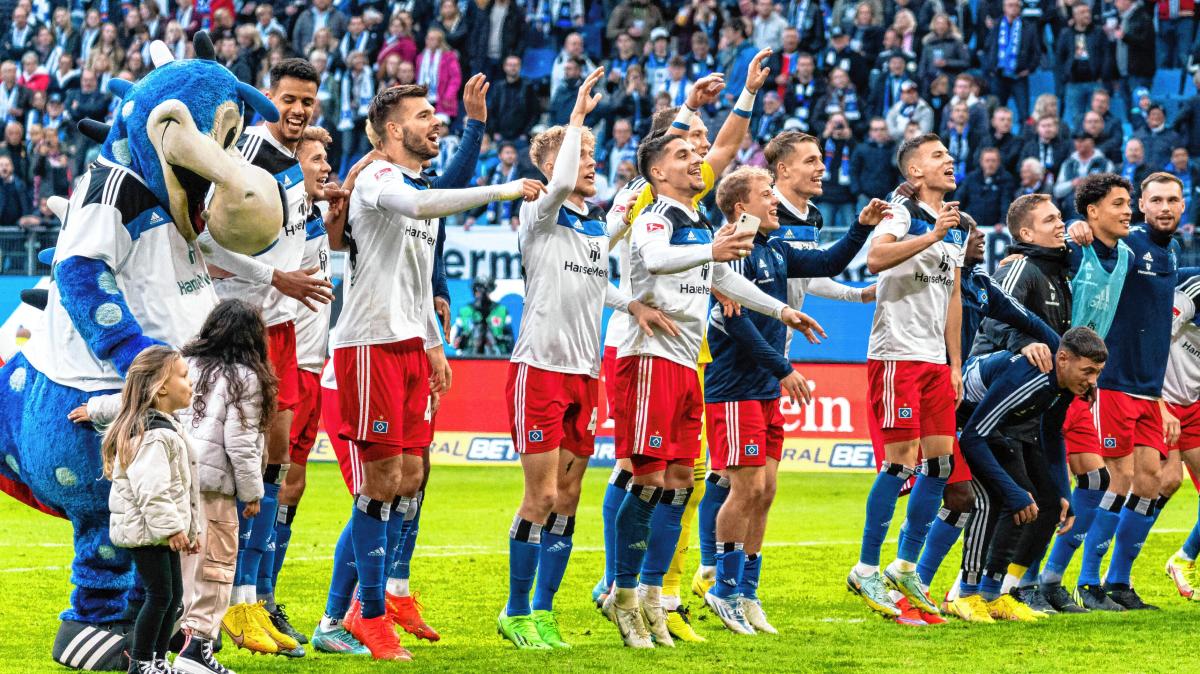Hells Angels: A Sociological Study

Table of Contents
The Social Structure of the Hells Angels
The HAMC isn't a chaotic mob; it's a highly structured organization with a rigid hierarchy. Understanding this structure is key to understanding the club's power and longevity.
Hierarchy and Membership
The HAMC's hierarchy is clearly defined, progressing through various stages:
- Prospects: Aspiring members undergoing a rigorous probationary period, proving their loyalty and commitment.
- Hangarounds: Individuals associated with the club, observing and potentially moving towards prospect status.
- Full Members: The core of the club, enjoying full rights and responsibilities.
- Officers: Leadership positions within each chapter, responsible for decision-making and maintaining order.
The initiation process is shrouded in secrecy, but it typically involves a period of intense testing and proving one's worth. Patches and insignia are highly significant, representing rank and membership status within the intricate network. The concept of "brotherhood" plays a vital role in fostering group cohesion and loyalty, demanding unwavering obedience to the club's rules and hierarchy.
Geographic Organization and Chapters
The HAMC operates through a geographically dispersed chapter system, with each chapter controlling a specific territory. This territoriality often leads to conflict between chapters, requiring careful management from the national or international "mother chapters." The geographic location significantly impacts a chapter's activities and dynamics, with urban chapters often involved in different types of criminal activities than their rural counterparts. Maintaining control and coordination across geographically dispersed chapters presents ongoing challenges for the HAMC's leadership.
The Hells Angels Subculture
The Hells Angels subculture is deeply rooted in motorcycle culture, but extends far beyond mere bike riding. It's a potent blend of rebellion, freedom, and a strong sense of collective identity.
Motorcycle Culture and Identity
Motorcycles are central to the HAMC identity – symbols of freedom, rebellion, and defiance against mainstream society. Large-scale motorcycle rallies and events serve as crucial opportunities for reinforcing group identity, fostering camaraderie, and showcasing the club's power. The visual aspects of this subculture – leather jackets, custom-built motorcycles, and distinctive tattoos – further contribute to the club’s image and cohesiveness, clearly differentiating HAMC members from the broader biker community.
Values, Beliefs, and Rituals
The HAMC operates under a strict code of conduct, built upon specific values, beliefs, and rituals. These unwritten rules dictate behavior, maintain social order, and ensure loyalty within the club. Violation of these rules often results in severe consequences, reinforcing the importance of obedience and conformity. Violence and intimidation play a significant role in maintaining power, controlling territory, and deterring rivals or threats.
The Hells Angels and Society
The relationship between the HAMC and society is complex, marked by both criminal activities and efforts to control their impact.
Criminal Activities and Law Enforcement
The HAMC has long been associated with various criminal activities, including drug trafficking, extortion, and violence. Law enforcement agencies employ various strategies to combat these activities, but face challenges due to the club’s tight-knit structure, code of silence, and sophisticated criminal networks. Prosecuting members is often difficult due to the difficulty in obtaining evidence and the unwillingness of members to cooperate with authorities.
Public Perception and Media Representation
Media portrayals significantly influence public perception of the HAMC, often depicting them as violent criminals. This sensationalized coverage, while sometimes accurate in highlighting criminal activities, can obscure the complex social dynamics within the club. The HAMC attempts to manage its public image, yet the contrast between self-representation and public perception continues to be a crucial aspect of its relationship with society.
Understanding the Hells Angels: A Sociological Perspective
This "Hells Angels: A Sociological Study" demonstrates the complex interplay between social structure, subculture, and societal impact within the HAMC. It's crucial to move beyond simplistic stereotypes and analyze the club through a sociological lens to understand its enduring influence. The HAMC's continued relevance in contemporary society underscores the need for further investigation into its intricate organization, subcultural practices, and its ongoing evolution. We encourage readers to delve deeper into the topic of "Hells Angels: A Sociological Study" through further research, exploring academic articles, and examining related documentaries. The potential for further research on specific aspects of HAMC life and culture remains significant.

Featured Posts
-
 La Polemica Separacio D Albert I Charlene De Monaco Un Nou Capitol
May 25, 2025
La Polemica Separacio D Albert I Charlene De Monaco Un Nou Capitol
May 25, 2025 -
 Pariss Economic Slowdown Luxury Sector Downturn Impacts City Finances March 7 2025
May 25, 2025
Pariss Economic Slowdown Luxury Sector Downturn Impacts City Finances March 7 2025
May 25, 2025 -
 Schekotat Nervy Vzglyad Fedora Lavrova Na Pavla I I Zhanr Trillera
May 25, 2025
Schekotat Nervy Vzglyad Fedora Lavrova Na Pavla I I Zhanr Trillera
May 25, 2025 -
 Der Hsv Ist Zurueck Bundesliga Aufstieg Perfekt
May 25, 2025
Der Hsv Ist Zurueck Bundesliga Aufstieg Perfekt
May 25, 2025 -
 Albert De Monaco Viatge Amb Actriu Distancia Amb Charlene
May 25, 2025
Albert De Monaco Viatge Amb Actriu Distancia Amb Charlene
May 25, 2025
